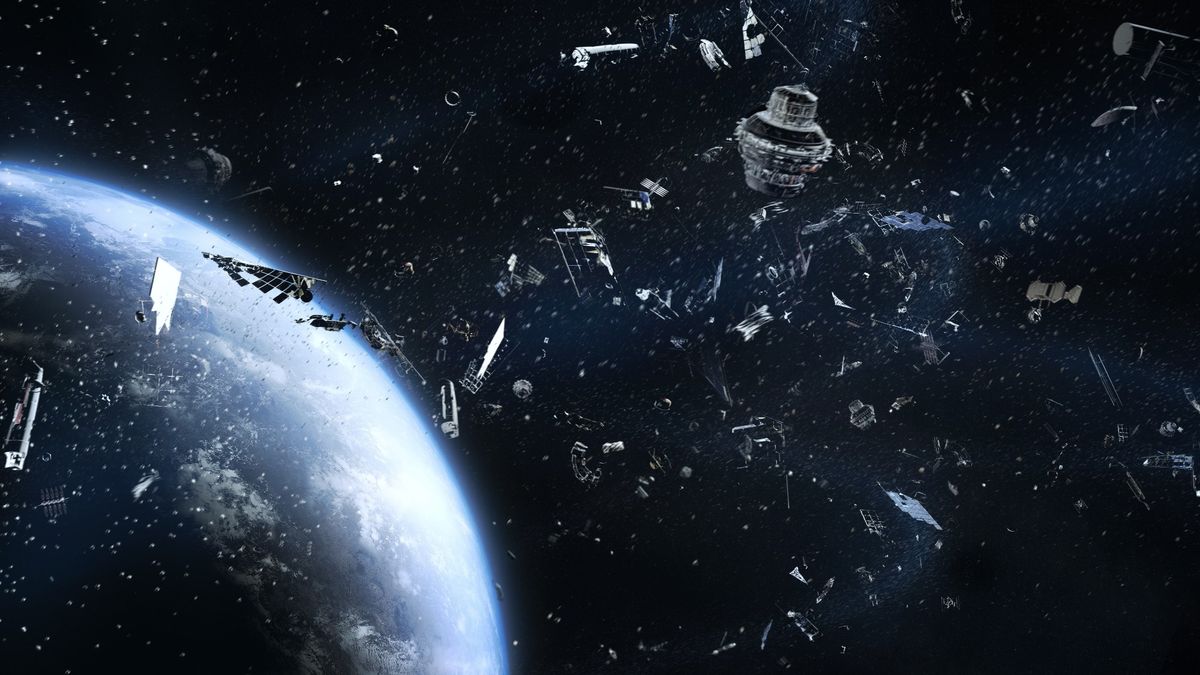Understanding Kessler Syndrome: The Growing Threat to Our Orbiting Satellites
Kessler Syndrome is a concept that has gained significant attention in recent years, especially as our reliance on satellite technology continues to grow. Named after NASA scientist Donald J. Kessler, who proposed the theory in 1978, this phenomenon highlights the risks associated with the increasing amount of space debris orbiting Earth. As satellites collide and create more debris, the potential for further collisions escalates in a cascading effect. This article aims to unravel Kessler Syndrome and explore its implications for our vital satellite infrastructure.
What is Kessler Syndrome?
Kessler Syndrome describes a scenario in which the density of objects in low Earth orbit (LEO) becomes so high that collisions between satellites and debris occur frequently. Each collision generates additional debris, which can lead to more collisions in a self-perpetuating cycle. This cascading effect poses a significant threat to our satellites and, consequently, to global communication, navigation, and climate monitoring systems.
The Mechanics of Kessler Syndrome
The mechanics of Kessler Syndrome can be understood through several key factors:
- Collision Cascade: A single collision can create thousands of pieces of debris, some of which may be traveling at speeds of up to 17,500 miles per hour. This debris can then collide with other satellites or debris, creating a chain reaction.
- Orbital Debris Population: As of 2023, there are over 36,500 pieces of tracked debris in orbit, with millions of smaller fragments that are difficult to detect.
- Satellite Vulnerability: Operational satellites are at risk from both large and small debris. Even tiny fragments can cause significant damage due to their high velocity.
The Current State of Orbital Debris
To fully grasp the implications of Kessler Syndrome, it’s essential to look at the current state of orbital debris. According to the European Space Agency (ESA), there are approximately 34,000 pieces of debris larger than 10 cm and about 1 million pieces between 1 cm and 10 cm. These numbers indicate a growing problem that demands attention.
Sources of Space Debris
Space debris originates from various sources, including:
- Defunct Satellites: Many satellites become inactive and remain in orbit as space junk.
- Rocket Stages: Expended rocket stages often remain in orbit, adding to the debris population.
- Fragmentation Events: Accidental or intentional explosions of satellites can produce vast amounts of debris.
The Implications of Kessler Syndrome
The implications of Kessler Syndrome are profound, affecting both the current and future landscape of space exploration and satellite operations.
Impact on Satellite Operations
The risks associated with Kessler Syndrome can have several consequences:
- Increased Costs: Satellite operators may need to invest in more robust shielding and tracking systems to protect their assets.
- Operational Constraints: Satellites may need to change their orbits more frequently to avoid potential collisions, which can disrupt services.
- Insurance Costs: Higher risks can lead to increased insurance premiums for satellite operators.
Future of Space Exploration
Kessler Syndrome could also have broader implications for future space exploration efforts:
- Limitations on Launches: Increased debris may limit the number of satellites that can be safely launched into orbit.
- Human Spaceflight Risks: Astronauts aboard the International Space Station (ISS) face significant risks from orbital debris.
- Long-term Sustainability: The future of space exploration could be jeopardized if effective measures are not taken to mitigate debris.
Mitigating Kessler Syndrome
Addressing the threat of Kessler Syndrome requires a multifaceted approach, involving international cooperation and innovative technology.
Policy and Regulation
International agreements and regulations are crucial in managing space debris. Some key initiatives include:
- Space Debris Mitigation Guidelines: Established by the United Nations, these guidelines encourage countries to minimize the creation of debris.
- Active Debris Removal: Countries and organizations are exploring methods to actively remove debris from orbit, such as nets or lasers.
- End-of-Life Protocols: Satellites should be designed with deorbiting plans to ensure they do not become space junk after their mission ends.
Technological Innovations
Technological advances can also play a crucial role in mitigating Kessler Syndrome:
- Tracking Systems: Improved tracking systems can help monitor debris and predict potential collisions.
- Collision Avoidance Algorithms: Advanced algorithms can assist in determining when and how satellites should maneuver to avoid debris.
- Design Improvements: Developing satellites with better shielding and materials can reduce the risk of damage from debris impacts.
Conclusion: A Call to Action
Kessler Syndrome represents a growing threat to our orbiting satellites and, by extension, to the technologies and services that rely on them. As we face an ever-increasing number of satellites and space debris, it becomes imperative to understand and address this phenomenon proactively.
By fostering international cooperation, implementing effective policies, and investing in innovative technologies, we can mitigate the risks associated with Kessler Syndrome. The future of space exploration and our reliance on satellite technology depend on our ability to act decisively. The sky is no longer the limit; it’s our responsibility to keep it safe for generations to come.
See more Future Tech Daily

